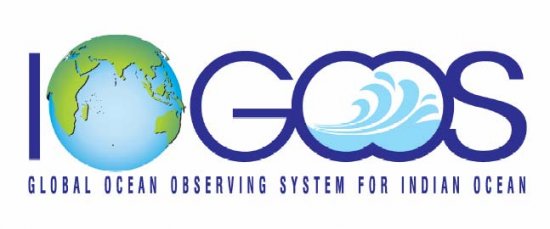ESSO - Indian National Centre for Ocean Information Services
(An Autonomous Body under the Ministry of Earth Sciences, Govt. of India)
Working Group on Coastal Erosion
Chair :Santaram Mooloo, Mauritius
Rapporteur:Nalin Wikramanayake, Sri Lanka
The Working Group proposed a pilot project on Monitoring and Predicting Coastal Shoreline Change Nilan Wikramanayake presented the report. The pilot project has the following characteristics.
-
Project Objectives
-
Project Components
-
Project Execution
-
Expected Products
-
Product Users
-
Capacity-building
-
International co-operation
Project Objectives
Assess historical data and place project sites in their geomorphological and hydrodynamical context; establish a program for monitoring changes in coastal morphology and hydrodynamics, by in situ and remote sensing; establish a data exchange network; develop predictive capability.
Project Components
Shoreline and sea-level monitoring; satellite applications; data-exchange network; monitoring of offshore hydrodynamics; forecasting of nearshore conditions; prediction of shoreline change. Community-based monitoring (community, schools, hotels, local government) will be used as far as possible, with organization, motivation and quality control through a central body, and at various levels of technical sophistication.
Project Execution
A phased approach, beginning with assessment and a shoreline monitoring system; incorporation of local funding; then development of analytical and modeling capability as data become available.
Expected Products
Shoreline definition, with quantified variation and trends; sediment budgets for coastal "cells"; GIS showing erosion-prone areas; forecasts of nearshore wave climate; predictions of coastal erosion during extreme events.
Product Users
Coastal-zone managers; coastal communities; developers and owners of hotels and housing estates; port and marina authorities and users; the scientific community.
Capacity-building
- Satellite-data assimilation
- modeling of coastal processes
- GIS applications.
International co-operation
- Data-management design
- data processing and interpretation and exchange
- exchange of expertise in modeling





